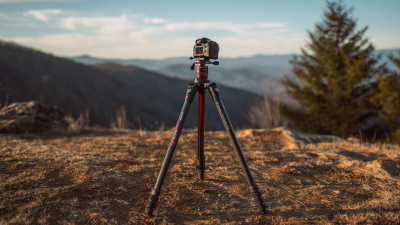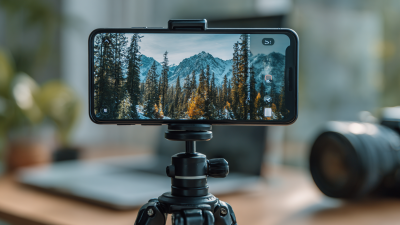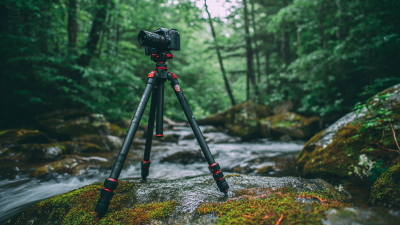In the evolving world of photography, the equipment we use can significantly impact our creative output and efficiency. Among essential tools, the overhead tripod stands out as a crucial accessory for photographers aiming to capture dynamic angles and unique perspectives. According to a recent report from the Photography Industry Association, 65% of professional photographers define tripods as essential for stability and precision in their work. Moreover, with the rise of content creation across social media platforms, overhead tripods have become increasingly favored, providing a stable foundation for everything from product photography to video creation. Selecting the right overhead tripod tailored to your specific photography needs can make all the difference in achieving exceptional results, ensuring your images resonate with clarity and professionalism.
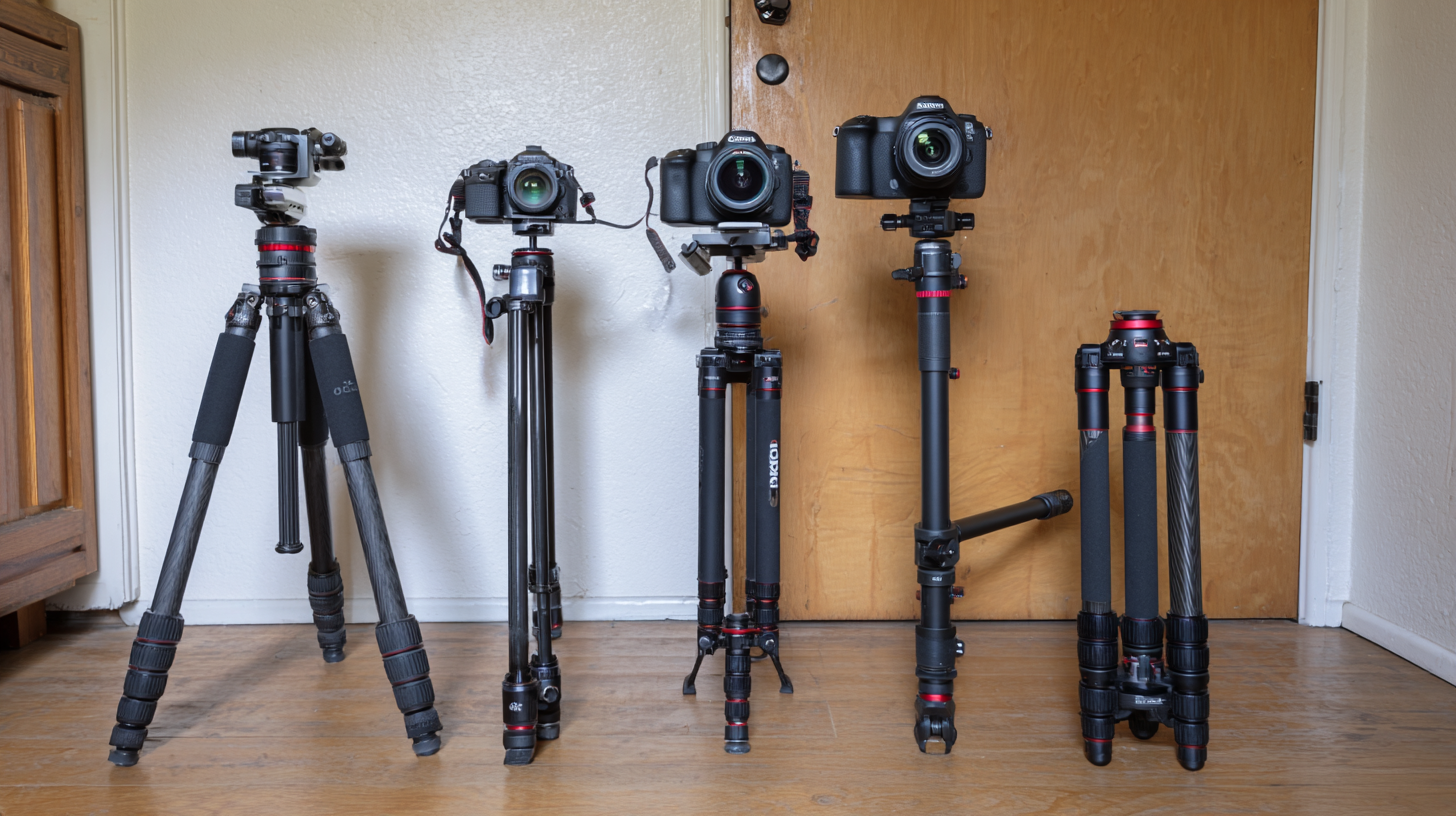
When selecting the perfect overhead tripod for your photography, it's essential to understand the various types available to meet your specific needs. Overhead tripods generally fall into several categories, including traditional studio tripods, articulating arms, and specialized overhead rigs. Traditional studio tripods offer stability and height adjustment, making them ideal for regular overhead shots. However, their bulkiness can be a drawback when space is limited.
Articulating arms provide flexibility and maneuverability, allowing photographers to position their cameras at various angles without needing to reposition the entire tripod. This type is particularly beneficial for shooting in tight spaces or achieving unique perspectives. Specialized overhead rigs, on the other hand, are designed explicitly for overhead photography, featuring dedicated platforms and sometimes even built-in lighting options. These can dramatically streamline the setup process and improve the quality of your overhead shots.
Understanding these distinctions will help you choose a tripod that best fits your shooting style and project requirements.
When selecting an overhead tripod for your photography needs, there are several key features that you should consider to ensure it meets your specific requirements. First and foremost, the material of the tripod plays a significant role in its stability and weight. Aluminum tripods are generally lighter and more portable, making them ideal for on-the-go shooting, while carbon fiber tripods offer greater durability and reduced vibration, which can lead to sharper images, especially in long exposure scenarios.
Another crucial aspect to evaluate is the height adjustment range and the maximum load capacity of the tripod. A tripod that can extend to a greater height allows for versatile shooting angles, especially for overhead shots. On the other hand, understanding the weight limit ensures that it can support your camera setup without any risk of tipping over. Additionally, features such as quick-release plates and adjustable leg angles can greatly enhance your setup process and flexibility during shoots, allowing for more creative compositions from above.
This chart presents a comparative assessment of key features to consider when choosing an overhead tripod for photography, focusing on weight capacity, height range, material quality, portability, and price.
When choosing the perfect overhead tripod for your photography, it’s crucial to begin by assessing your photography style and needs. Different styles, such as product photography, landscape shots, or portraiture, demand various functionalities from a tripod. For instance, if you often shoot close-up product images, a tripod that offers adjustable height and flexibility for angles will be more beneficial. Conversely, for scenic landscapes, a sturdy tripod that can withstand wind and uneven terrain should be prioritized to ensure stability and clarity in your shots.
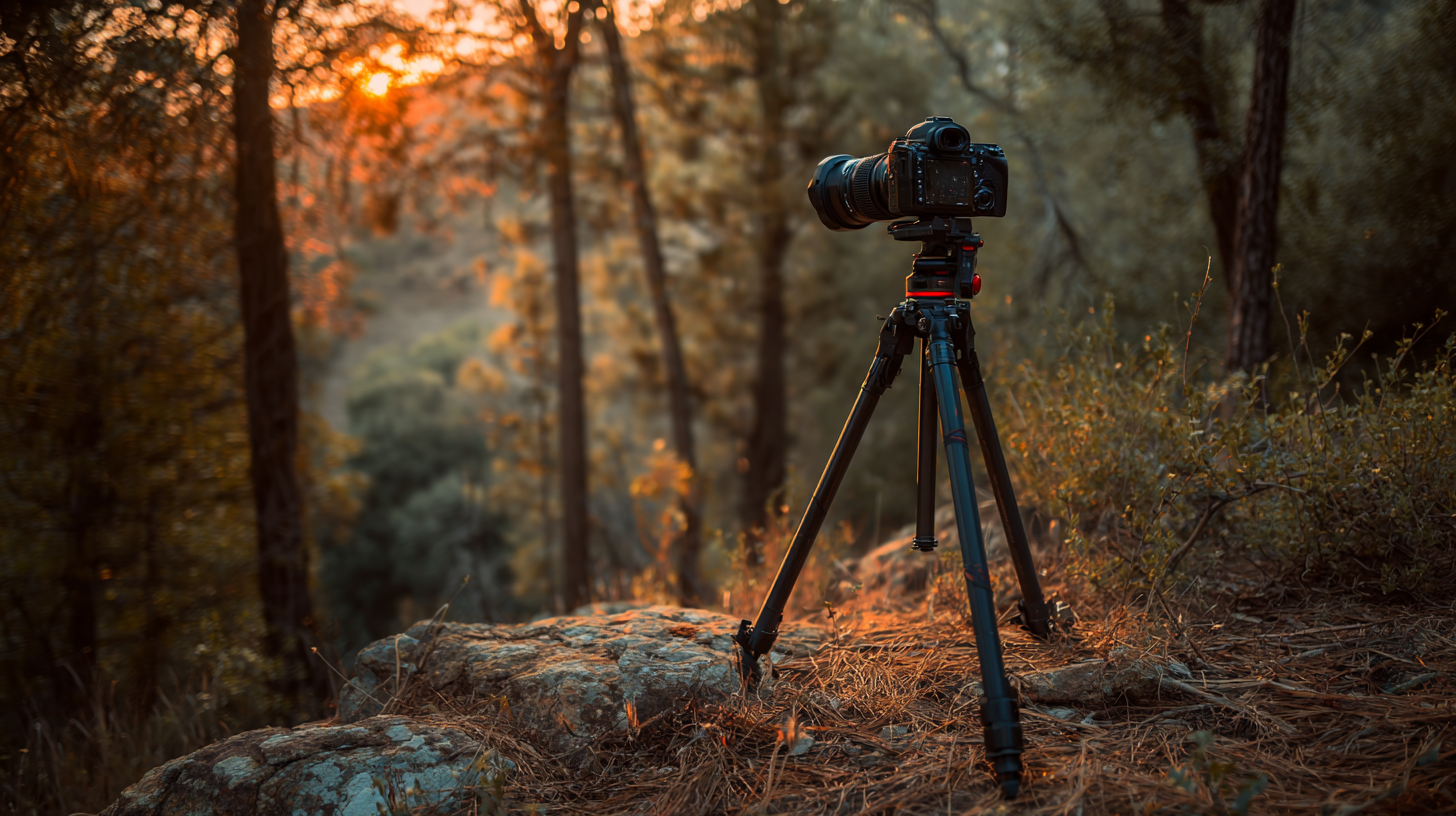
Additionally, consider the weight and portability of the tripod in relation to your shooting habits. If you frequently travel to capture images, a lightweight, compact option will make transportation easier. On the other hand, if your work involves studio setups, a heavier, more robust tripod could provide the stability you need for precise, high-quality images. By aligning your choice of tripod with your specific photography style, you streamline your workflow and enhance the overall quality of your images.
When it comes to photography, choosing the right overhead tripod is essential for capturing stunning images, particularly in applications like food photography or product shots. However, one of the most significant factors influencing your choice is your budget. A balance between cost and quality is crucial to ensure you don't compromise on performance while keeping your finances in check.

To find the perfect overhead tripod within your price range, start by identifying your specific photography needs. Consider factors such as weight capacity, height adjustment, and portability. Research brands that offer tripods within your budget, and read reviews from fellow photographers to gauge their experiences. It's also worthwhile to explore second-hand options or sales, as this can provide access to higher-quality products at a more affordable price. Investing in a well-constructed tripod will not only enhance your photography but also prove to be a long-lasting tool in your gear collection.
Ultimately, being mindful of your budget while still aspiring for quality will help you select an overhead tripod that meets your needs without breaking the bank. Focus on features that matter most to you, and don't hesitate to test different models to discover what feels right. By taking the time to shop wisely, you can elevate your photography with the perfect overhead tripod.
Maintaining and caring for your overhead tripod is essential to ensure its longevity and optimal performance. First and foremost, always store your tripod in a dry, cool place when not in use. Exposure to moisture can lead to rust and corrosion, especially on metal parts. Regularly inspect your tripod for any signs of wear, such as loose screws or degraded rubber grips. Tightening screws and replacing any worn components will help keep your tripod stable and reliable.
Cleaning is another vital aspect of maintenance. After each shoot, take a moment to wipe down the legs and head with a soft, dry cloth. For deeper cleaning, use mild soap and water on a damp cloth to remove stubborn dirt and grime. Avoid harsh chemicals that can damage the finish. Additionally, consider applying a light lubricant to moving parts every few months to ensure smooth operation. By following these simple care tips, you can extend the life of your overhead tripod, allowing you to capture stunning images for years to come.
| Feature | Description | Importance |
|---|---|---|
| Material | Aluminum is lightweight; carbon fiber is more durable and stable. | High - affects portability and stability. |
| Weight Capacity | Must support the weight of your camera and lens setup. | Critical - prevents equipment damage. |
| Height Adjustment | Adjustable height for various shooting angles. | High - enhances versatility in shooting. |
| Stability Features | Rubber feet, spreaders, and hooks for added stability. | Very High - prevents camera shake. |
| Head Type | Ball heads offer flexibility; pan-tilt heads provide precision. | High - affects ease of composition. |
| Portability | Folding designs for ease of transport. | High - essential for outdoor shoots. |
| Price Range | Varies from budget to professional options. | Medium - balance between cost and quality. |
| Maintenance Tips | Regularly clean, check for wear, and store properly. | Very High - prolongs life of tripod. |
